Cultural heritage in Goyang
five-thousand years history
Current story of Goyang
2017-03-20
Representative kiln site, Wonheung-dong, Cheongjayo
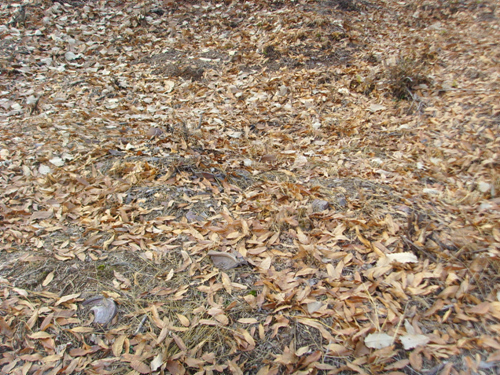
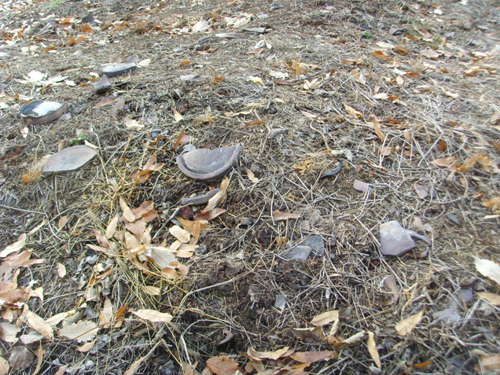
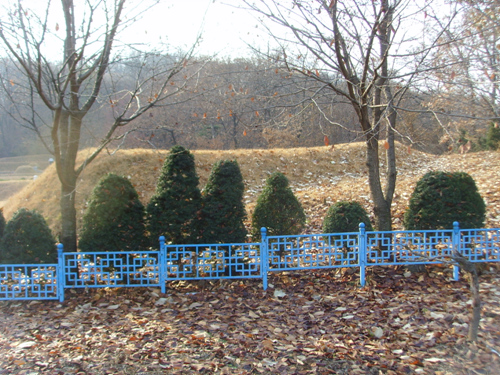
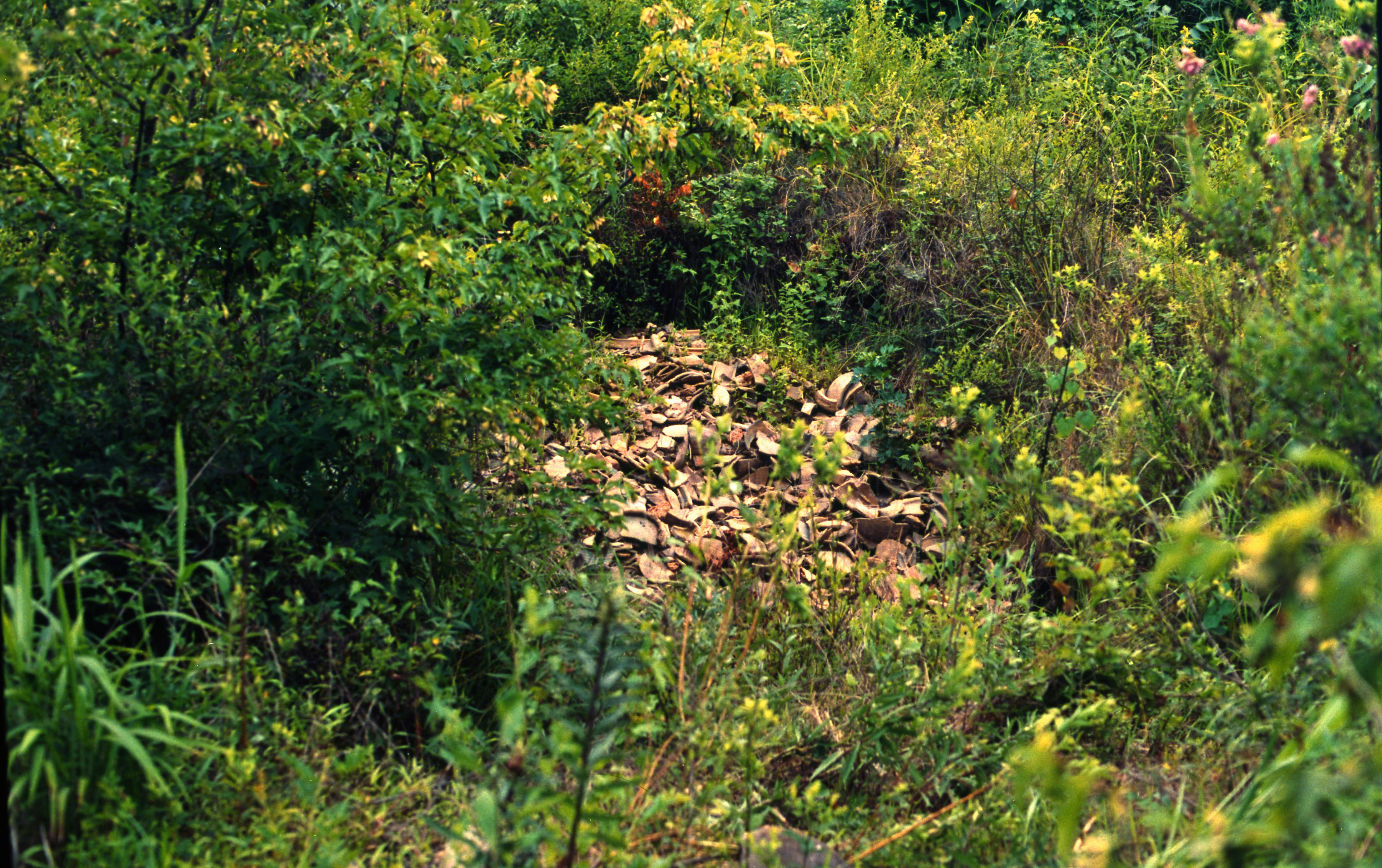
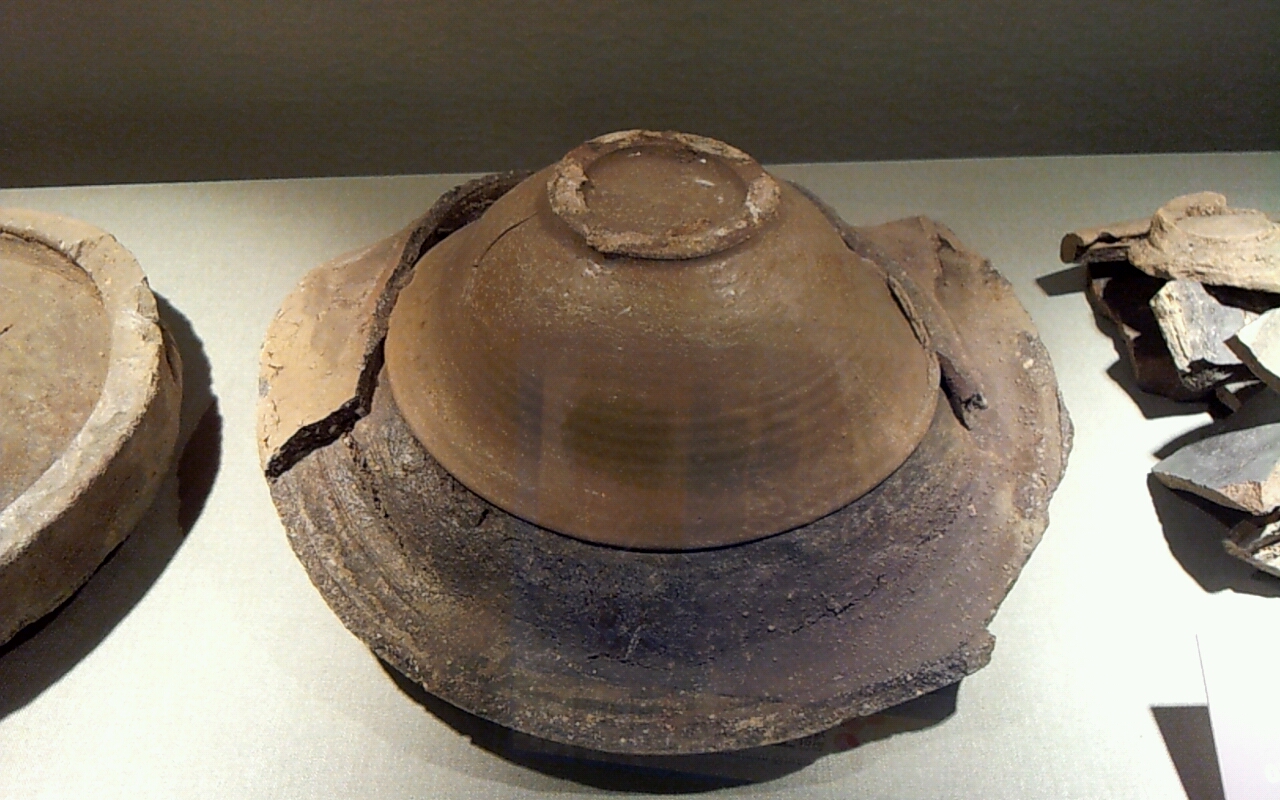
Designation number: Gyeonggi-do cultural asset 64
location: 418-5 Wonheungdong Mountain, Deokyang-gu, Goyang-si, Gyeonggi-do
Wonheong-dong Cheongja kiln site is the relic of Cheongjayo that was used in the 9th to 10th century. It was firstly found by the scholar in Japan, Nomori Ken, when he worked for government general in 1937. It was also one of the important relics included when investigating kiln sites in the nation in 1982. This relic is one of the Cheongja kiln sites in the early days in Korean Peninsula with Seori in Yongin, Bansan-dong in Siheung, and Jungam-ri, Yeoju. There are many of the Cheongjapeons manufactured at that time.
Especially, as there is a close relation with top five celadons in China in terms of the shape of Cheongjapyeon, it is a very important relic in academical perspective. Kiln sites at Wonheong-dong are assumed to be composed of five sites. Rectangle bricks and Cheongjapyeons are found as they were used as Gapbal and kiln sites constructing materials.
Other characteristics of kiln sites at Wonheung-dong are that it is the one and only Cheongjawadang found in this place. Cheongjawadang has been applied with dark brown paint. Celadon roof tiles before 12th century are known to be found only in Wonheung-dong. You can reach to this celabon roof tiles if you turn to the left at three-way intersection about 1km from the inner way in Wonheong-dong village. Cheongjayo at Wonheung-dong is famous as the relic in the end of Shilla and the early Koryo Dynasty.